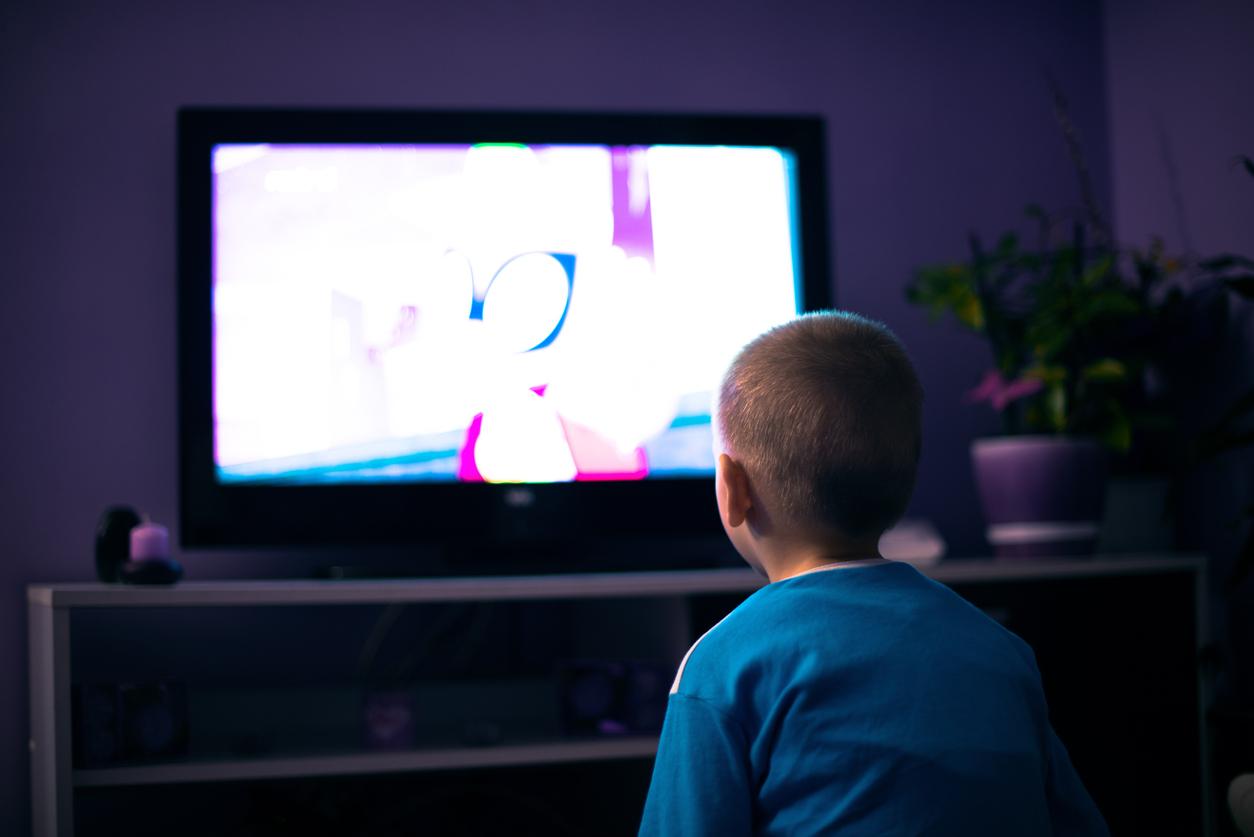Asthma is very common in children: 10% are affected. To better monitor the disease and avoid hospitalizations, a self-monitoring application could soon see the light of day.

child’s asthma is one of the leading causes of consultation in pediatric emergencies. Indeed, this respiratory disease is, along with diabetes, one of the most common chronic diseases: it affects 4 million people in France. It’s about a permanent inflammation of the bronchi. When seizures occur, they are characterized by wheezing, tightness, episodes of shortness of breath, and dry cough.
Electronic Asthma Tracker
With treatment, using inhaled bronchodilator drugs, most attacks are controlled, but asthma also requires regular treatments between attacks. When this treatment is taken incorrectly, the quality of life of children is reduced: they can be regularly hospitalized in the emergency services. A new study, published on AAP News Journaltherefore tested a new self-monitoring application for children with asthma called Electronic Asthma Tracker (e-AT).
This application was evaluated for 1 year, between January 2014 and December 2015. A total of 327 children and parents participated, using the e-AT application on a weekly basis for 1 year. They then had to measure different factors: longitudinal changes in the child (quality of life, asthma control, and interrupted or missed school days) and parents (interrupted or missed work days and satisfaction). They also had to compare the number of hospitalizations in the emergency room, with and without the use of oral corticosteroids, as well as before and after the attacks (with the help of the app).
Very encouraging results
After analyzing the results over 1 year, it was found that participants who used the app had significantly increased their quality of life and asthma control. In addition, the number of school and work days interrupted and missed decreased compared to the period when they did not have the application. Finally, parental satisfaction is high. The researchers conclude: “Use of e-AT resulted in better self-monitoring and improvement in asthma.” According to them, the diffusion of this model of care could improve pediatric ambulatory care of asthma.

.















